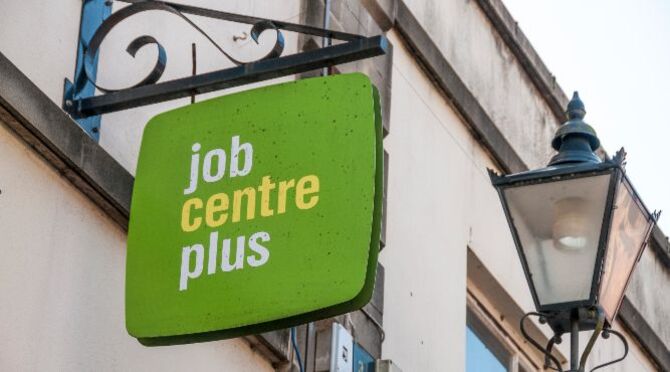Pay worries despite lowest unemployment rate in four decades
Figures from the Office for National Statistics (ONS) have shown that unemployment in the UK has fallen to its lowest rate in 42 years whilst the number of people in work has hit an all-time high.

Inflation running higher than increase in earnings
The only bad news in the data was the fact that average earnings, excluding bonuses, increased by 2.1 per cent in the year to March (2.4 per cent including bonuses), meaning that consumer spending – which has done so much to boost the economy since the Brexit vote in last year's referendum – could be squeezed at a time when inflation is running at 2.7 per cent and set to go higher.March's unemployment rate of 4.6 per cent was the lowest figure recorded since mid-1975. The jobless total fell by 53,000 to 1.54 million in the first three months of the year while the number in work rose by 122,000 to almost 32 million, the highest total on record.Non-UK nationals represent 11.1 per cent of the workforce
The number of non-UK nationals working in the UK increased by 207,000 to a record 3.5 million in the first quarter, representing 11.1 per cent of the workforce.Meanwhile, the number of job vacancies reached a record high of 777,000 while the number of people in self-employment continued its upward trend to a near-record 4.78 million, representing 15 per cent of all people in work.The number of women aged between 16-64 also increased to a record high of 70.2 per cent - an upward trend the ONS attributed, in part, to changes to the state pension age for women, which has resulted in fewer women retiring when they reached 60.Disparity between pay and price growth
Suren Thiru, head of economics at the British Chambers of Commerce, commented, “If the disparity between pay and price growth continues to increase as we predict, household spending is likely to slow further, weakening overall economic activity.“The next government must do more to close the skills gap, including improving the transition from education to work by guaranteeing universal experience of work in all schools for under 16s, and delivering a future immigration regime based on economic need, rather than an arbitrary migration target. This will help firms compete on the global stage, boosting UK productivity and growth.”Surge in employment growth
Dutch bank ING described the rise in employment as “astonishing”. It added, “The real standout in today’s UK jobs report was the surge in employment growth. The three-month on three-month average came in well above consensus, at 122,000, lifted by a huge 340,000 'single month' increase in jobs – the highest in two years.“This is hard to square given recent survey data, which suggests the outlook for hiring is more muted.”However, ING also expressed concern that the fall in real wages could prevent an interest rate rise before 2019. “It’s also hard to ignore the fact that wages are now growing at a noticeably slower pace than prices. The key measure of wage growth, which excludes bonuses, came in at 2.1 per cent. When taken together with yesterday’s acceleration in inflation to 2.7 per cent, real wages are now falling. We’ve already seen measures of consumer activity slow through the first quarter.”Related news:
- UK labour market 'facing variety of challenges'
- Employment outlook robust but pay will be hit – CIPD
- Bank of England ups inflation forecast and lowers growth
Prof Geraint Johnes, director of research at the Work Foundation, said, “The latest employment figures indicate remarkably strong performance. Indeed, unemployment has fallen in every region except London and the South East. This has been primarily due to a large increase in the number of full-time employees in employment (some 196,000 across the UK).“On pay, the data are less encouraging. In the first quarter of the year, the year-on-year growth in total pay amounted to 2.4 per cent. This is below the current rate of price inflation and indicates a renewed squeeze in real pay.“The pay data indicate a collapse in wage settlements in the construction industry, and this is significant because much of the employment growth in the last part of 2016 came from that sector. While welcoming the strong employment growth evidenced in the first quarter’s figures, sustaining this into the longer term may therefore prove challenging.”For related news and features, visit our HR section.Access hundreds of global services and suppliers in our Online Directory
 Get access to our free Global Mobility Toolkit
Get access to our free Global Mobility Toolkit 
©2025 Re:locate magazine, published by Profile Locations, Spray Hill, Hastings Road, Lamberhurst, Kent TN3 8JB. All rights reserved. This publication (or any part thereof) may not be reproduced in any form without the prior written permission of Profile Locations. Profile Locations accepts no liability for the accuracy of the contents or any opinions expressed herein.






































